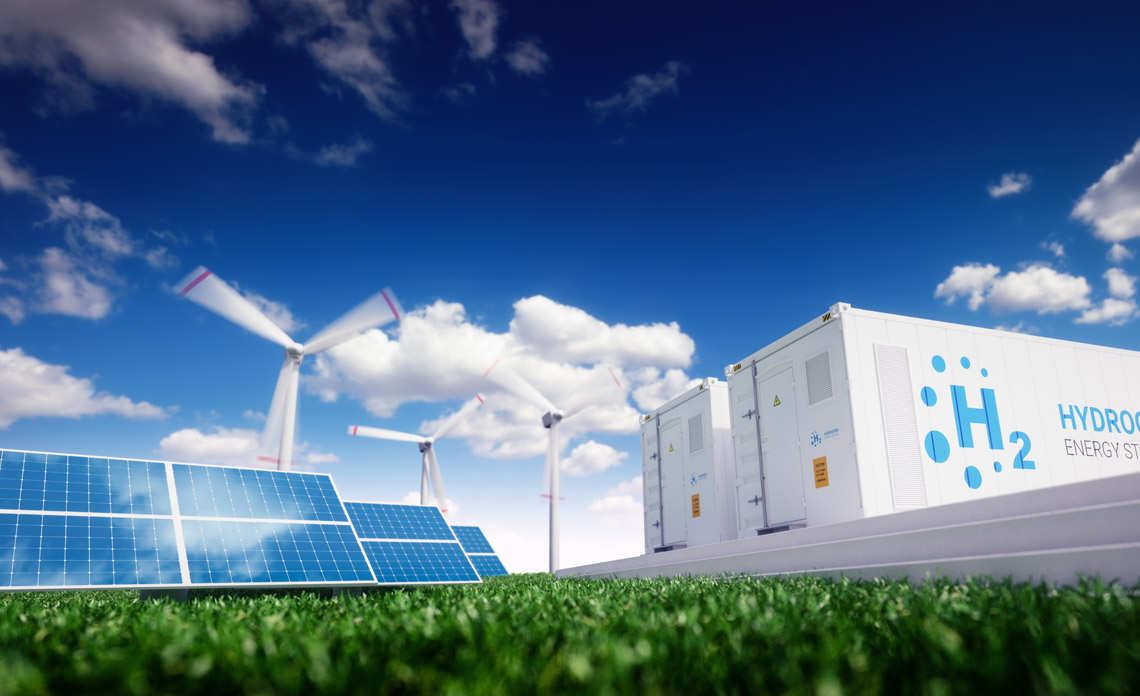We have all heard of hydrogen energy right?
But what is it and how can it be used as a clean fuel alternative? Why are we not already adopting Hydrogen technology for industrial use?
The main problem with hydrogen energy for commercialised applications are the costs associated with producing hydrogen and dangers in storing the highly combustible gas in fuel cells.
There are two (2) methods of creating hydrogen. The first method is by a process called steam reforming from fossil fuels at temperatures between 700-1100 Degrees C. Production of hydrogen from this method is between 65-75% efficient is not a clean source of energy. The second method is to produce hydrogen is through electrolysis similar to the way a lead acid battery works to discharge hydrogen as a by-product. An electrical charge is provided to the electrolyser to split water into hydrogen and oxygen. Electrolysis cells vary in material and typically have an efficiency of 70-80% with technology to advance to increase efficiency to 82-86% by 2030.Clean energy is created by providing an electrolysis system with charge from renewable sources such as PV solar. Hydrogen energy is then stored in hydrogen tanks known as fuel cells.
Searose Environmental has partnered with international experts and technology to create a safe, efficient commercialised renewable energy hydrogen power generation for off-grid and backup power solutions for applications 50kW and above.
